Below are Yang Chenfu’s (also known as Yang Chen Fu) 10 Principles of Tai Chi. These important points explain how we should move and where our focus should be during our tai chi practice. Yang Chenfu is considered the first Master to openly teach his family’s Yang Style to the public after the overthrow of the Ch’ing dynasty (1912). He passed away in 1936, aged 53.
The energy at the top of the head should be light and sensitive. We should ‘lift the spirit’, meaning we should be alert to what’s happening around us and within us. The top of the head is a reference point only, as we do not physically lift the head. If we did this, the chin would jut out and our stance would no longer be relaxed. To lift the spirit means to internally bring the energy to the crown, to be observant and attentive.
Contain the chest and open the back. A difficult concept to understand, but it may help to think of the chest as a balloon that has deflated slightly, creating space for the energy (chi) to sink to the lower dantien. The power of our movements come from the back, which has opened slightly because of the sinking of the chest. The front of the body is Yin (passive) and the back is Yang (active).
Relax the waist, including the kua and lower back. The waist is known as the commander of the body. It needs to be relaxed to move. There is a saying: ‘The power is rooted in the feet, transmitted through the waist and expressed in the hands.' The waist (or hips) govern the movements of the shoulders, the head, the arms and the feet.
Distinguish between full and empty (also known as substantial and insubstantial) One leg is weighted, the other is not. This allows for flow of movement. The weight is continuously changing from one foot to the other. The change is gradual and we can visualise it transferring from foot to foot, sensing the floor before we commit to the stance.
Sink the shoulders and drop the elbows. In other words, relax! The shoulders should not lift when the arms are raised. Elbows are relaxed and soft. They are not raised and they do not stick out.
Use intent rather than strength. To achieve this, the entire body needs to be relaxed. Complete relaxation allows for more flexibility and agility. Movements feel freer and unrestricted. The mind directs the qi - and where the mind goes, the qi will follow.
Upper and lower body follow one another, like a string of pearls. “The root is in the feet, released through the legs, controlled by the waist and materialised in the hands and fingers.” Each part of the body moves as one, without strain and without interruption.
Inner and outer are united. The ‘inner’ is the spirit or mind and the ‘outer’ is the body. Movements can be thought of as opening and closing - not just the limbs, but the mental intent must open as well.
Move with Continuity. Movements, from the beginning of a Form to the end are continuous. Once one posture is completed, the next one begins. As I have often said, in the Tai Chi Form there are no ‘full stops’, just ‘commas’! According to the classics, movements are “like the continuous waves of the Long River.”
Seek stillness in movement. Known as ‘moving meditation’, Tai Chi is performed slowly, with control. With these slow movements, the breathing becomes long and deep and the qi sinks to the lower Dantian.

